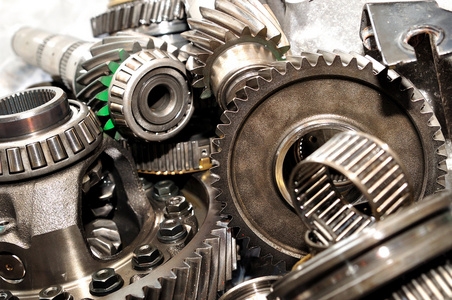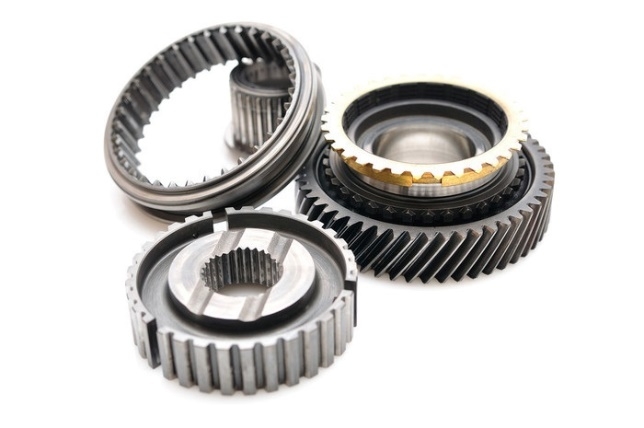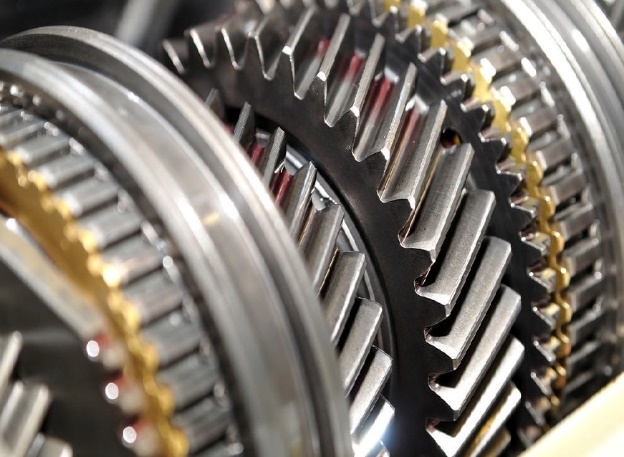With the passage of time, gears have become an important part of the machinery. In daily life, the application of gears can be seen everywhere, ranging from motorcycles to airplanes and ships.
Similarly, gears are used very frequently in cars and have gone through a hundred years of history, especially the gearboxes of vehicles, which require gears to switch gears. However, more careful car owners have discovered why the gears of car gearboxes are not spur, but most of them are helical?

In fact, the gears of gearboxes are two types: helical gears and spur gears.
At present, most gearboxes on the market use helical gears. The manufacture of spur gears is relatively simple, it can achieve direct meshing without a synchronizer, and the shaft end installation can directly use deep groove ball bearings, basically without axial force. However, there will be errors in the manufacturing process of spur gears, which will cause uneven speed, which is not suitable for high-speed and high-torque engines.

Compared with spur gears, the helical gears have a slanted tooth pattern, which is like twisting a screw, twisting in a little bit, there is a strong sense of suction. The parallel force of the straight teeth is as much as the meshing. Therefore, when the gear is in gear, the helical teeth feel better than the straight teeth. Moreover, the force borne by the helical teeth slides from one end to the other, so there will be no collision of teeth when shifting gears, and the service life is longer.

The helical gear is progressive, and the teeth have a high degree of overlap, so it is relatively stable and has low noise during transmission, and is more suitable for use under high-speed driving and heavy load conditions.
Post time: Mar-23-2023




